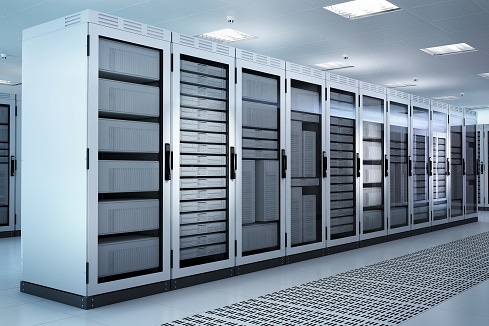The Staying Power of Legacy Systems
Yes, there are good reasons for some companies to stick with their legacy systems, at least to a point.

Several years ago, I was working with a cloud services company in the oil and gas sector. The company’s CEO recounted to me how his company had begun its commercial cloud service with Intel-based generic servers because of simple economics: You could purchase generic commodity servers with Intel processors at cheaper prices, and it was a great starting point for a new business.
Unfortunately, the company soon discovered that it couldn’t guarantee 24/7 availability to its demanding oil and gas sector customers. Worse yet, its vendor wasn't demonstrating a sense of urgency whenever a system problem surfaced.
The solution?
“As strange as it might seem, we migrated our environment away from these servers, and opted instead to run our Linux systems on an IBM mainframe, even though we didn’t use the IBM native zOS operating system itself,” said the CEO. “The mainframe-resident systems were able to deliver the five nines uptime we were promising our customers, and when we had problems, the vendor’s support was swift and responsive.”
It’s not an isolated story. Legacy systems have staying power—whether they are IBM or Unisys mainframes, or other established legacy hardware and software solutions that have been delivered by companies like Microsoft, Oracle, SAP or HP.
What keeps these legacy systems going?
In one case, I spoke with a CIO at a major hospitality industry company who told me that the company’s IBM mainframe hadn’t gone down in 30 years, except for scheduled maintenance or upgrades.
Users understand and like them
Microsoft, with its well-established business suite of office software and its Windows operating system, has over 120 million business users.
Years of business processes and code
ERP systems from vendors such as Oracle and SAP have stood the test of time, serving as business process “drive chains” throughout the enterprise. The companies using these systems have customized business processes, code and integration around these systems so they work with other corporate applications. This is an IT and intellectual property investment that isn't easily replaced by a newer, off-the-shelf generic software that can’t carry the company IP investment forward.
So when do you rip and replace a legacy system?
When the vendor stops investing in it
There have been best-in-class systems that have disappeared when the vendor made a conscious decision to no longer invest in them. And there are companies that continue to run these systems because either they don't want to invest in something new or their users refuse to change to something else. In these cases, it makes sense to move forward with a new solution. It is only a matter of time when the system breaks and you can't fix it or find help.
When you can't support it anymore
Even with legacy systems that have continued to evolve, there are skills shortages as IT pros retire. The average age of a COBOL programmer is 55 years, yet many IBM mainframes continue to run mission-critical COBOL applications. This is one reason why IBM runs “Master the Mainframe” programs and sponsors training in over 150 universities worldwide. Likewise, Oracle and Microsoft education is offered through universities. All are efforts by vendors to develop a younger IT skills pool.
When there is a better solution
Google, Salesforce and Dropbox all started in the late 1990s or the first decade of the 2000s. At the time, they were breakthrough technologies that displaced legacy applications because they were innovative and surpassed what the apps before them had been able to do. All now have stood the test of time for about 20 years, so they themselves are approaching legacy status. Yet they are examples of best of breed new apps that through innovative disruption presented a compelling case for companies to adopt them over older technology choices.
The net of it all
If you are a new company without an investment in legacy systems, you can look at any solution in the IT marketplace, whether it is legacy or not. But for most companies, the decisions on hardware and software will come down to a “best in class” choice that considers the platforms companies are already running on, and where their companies need to be with their IT in the next 10 to 20 years.
In this environment, new vendors with innovative solutions will continue to attract market share, but at the same time best of class legacy systems will continue to be attractive, because they have done anything but stand still.
Most legacy systems now come in cloud as well as in in-house implementations. Most legacy systems also have provisions for integration with or add-ons for Web-facing and social media apps. There are legacy systems now that host not only their own native operating systems but also the OSs of other providers. And, when legacy vendors don’t have their own next generation solutions, they acquire companies that do.
This gives enterprises the best of both worlds: innovative solutions from new vendors, and new choices in legacy systems that faithfully keep running and refuse to die.
About the Author(s)
You May Also Like







